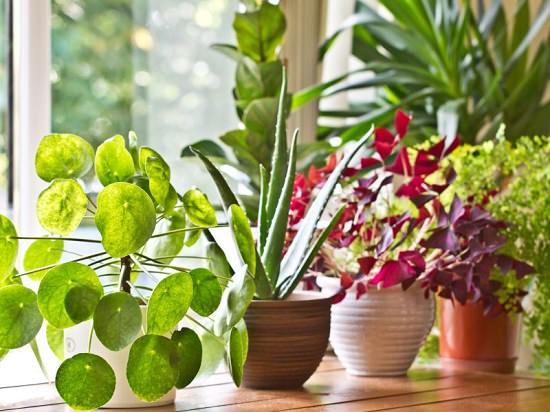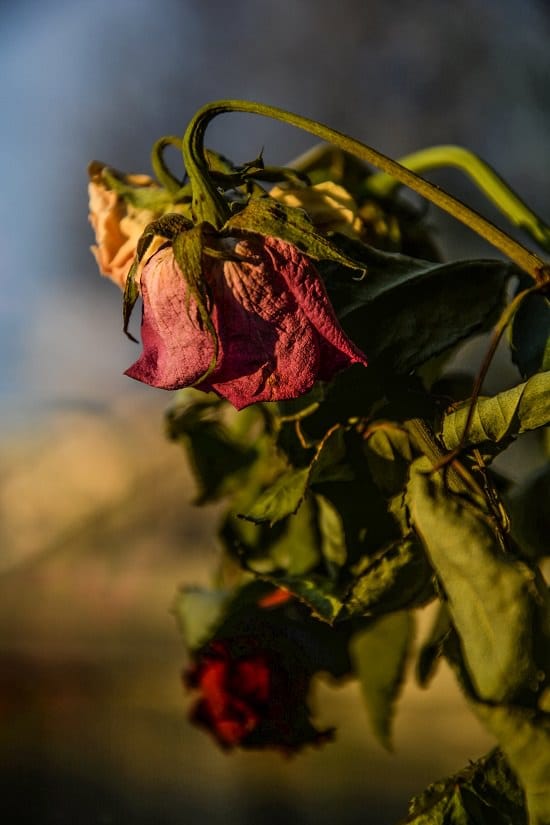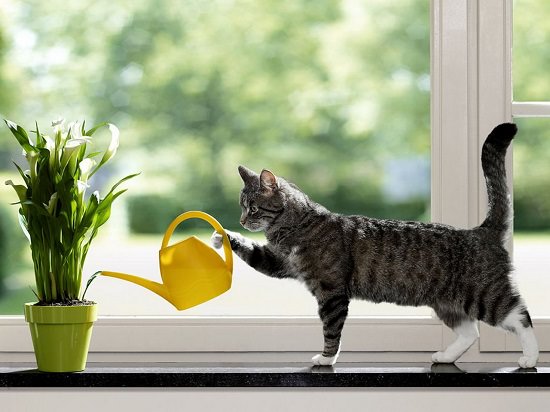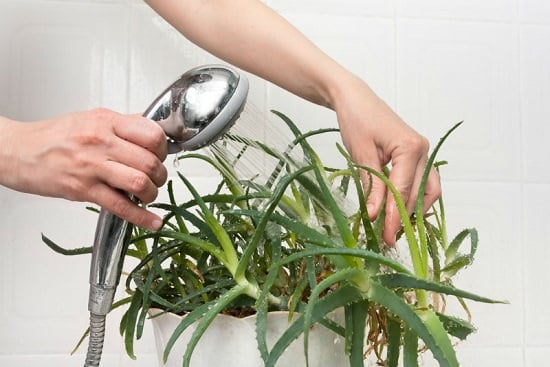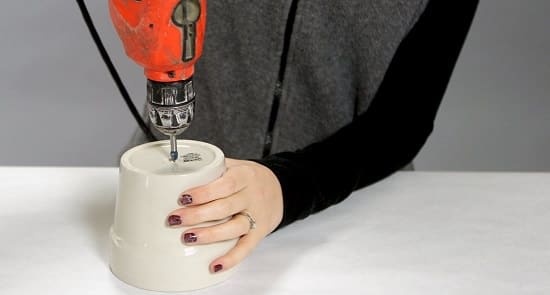Improper watering kills most of the plants. In this article, learn How to Water Plants properly and 5 mistakes you should avoid when doing that!
To stay alive, plants need water. But is it that simple? Is pouring water over the plants keep them healthy and growing or that is not enough? How to water plants?
The fact that we water regularly does not mean that we water well. Watering wrongly can cost the life of the precious plants. That is why, in this article, we talk about how to water plants and the most common errors people do when it comes to watering. You are probably going to find yourself culprit of committing at least one or even more.
Also Read: How to Water Seedlings
1. Treat all Plants the Same Way
One of the most common mistakes beginner plant growers make–They treat all the species of plants the same. Different plants have different needs for light, temperature, humidity, and also water.
An example of this could be placing a plant like a hydrangea on a rooftop in the full sun of Summer. If it survives somehow, it will be only through daily deep watering. On the other hand, any cactus will survive without any difficulty under the same conditions while being watered only once or twice a week. So it’s important to learn about the needs of your plants to know where to start.
All cacti and vascular plants are plants that do not need lots of water. The majority of herbs, with the exception of mint and parsley, are the same. Trees like acacias, pines, and prunus-like trees also have this characteristic.
List of plants that do not need to be watered often:
- All Cacti and succulents: Prickly pear, Echeveria, Opuntia, Aloe, etc.
- Herbs: Rosemary, Lavender, Sage, Thyme, Rockrose, Santolina, Holy Basil, etc.
- Climbers: Bougainvillea, Virginia creeper, Honeysuckle, etc.
- Herbaceous plants: Portulaca, Geranium, Gazania, Pennisetum, etc.
- Shrubs: Roses, Burning bush, Yucca, Adelphi, Lantana, Hibiscus, etc.
- Indoor plants: Pothos, Snake plant, Ponytail palm, Schefflera, Dracaena, Jade plant, etc.
- Trees: Almond, Oak, Eucalyptus Mulberry, Cypress, Thuya, Olive tree, Fig tree, Strawberry tree, etc.
Some species quickly develop problems at the root crown and the base of the stem while others succumb to damaged or diseased leaves due to improper watering technique. To avoid this, always water carefully only nearby the base of the plant wetting the soil and not any other part of the plant. Some species are particularly sensitive and should be watered by placing a tray filled with water under the pot. Remember to remove it after a while once the plant has absorbed water through capillary action. Clivias, cyclamens, or African violets are the plants that are suitable for bottom watering.
The acid-loving plants, however, have other needs. These plants need acidic soil to thrive. So, watering with tap water that is too rich in limestone does not suit them because it increases the pH of the substrate. To avoid this problem, you can use rainwater, filtered, or distilled water for watering. Another possibility is to thwart the alkaline effect of water with a few drops of vinegar or lemon juice. Check out these apple cider vinegar uses for plants.
2. Underwatering Your Plants
It must clear by now that the plants must be watered at a particular frequency. Although, sometimes we forget to water them. The longer they grow without water in dry soil, the harder it’ll be to revive them. The common symptoms of underwatering are faded, wrinkled, and yellowing leaves that are brittle. In the worst case scenario plant shed all the leaves and fruits and eventually die.
If you water manually, the best is to establish a routine so as not to neglect them. Weekends or holidays, early in the morning, are good times to take care of your plants, because you will be less busy at that time. If you are a busy person, put a reminder on your cell phone. Whatever way you choose, make sure that your plants don’t face regular drought stress.
In case of prolonged absence of water, your plants will suffer and die. If the situation is not too severe, there are ways to revive plants that dried out:
- To recover a plant that has lost all its leaves due to drought, water it abundantly. For this, submerge the planter pot in a bucket filled with water until there are no more bubbles. Hope your plant has some reserves and you’re back on time. If it does, it will set new buds again. If so, never let it go under the same stress again.
- Automating the watering system of your garden and lawn is the best option. You will be able to avoid tiresome work and leave without any problem. Do you want to free yourself from watering plants?
- For container gardeners, use self-watering planters. You can use hydrogel crystals in raised beds and pots to increase the water retaining capacity of the soil.
Also Read: Best Drought Tolerant Plants
3. Always Water at the Same Frequency, Regularly
After reading this heading, you may wonder–You should still water at the same frequency, regularly? The answer is NO! This condition not only depends on the species but also on many factors. Here is a small list that will let you know when you need to water more.
Conditions in which you must increase watering:
- During the warmer months, the plants need to be more hydrated because of the leaves losing more liquid due to transpiration, and there is more evaporation at the soil level.
- During periods when there is less rain, you should water regularly to make up for the lack of water.
- Strong winds also dry out the plants much faster. Plants that are grown at windy places require more frequent watering.
- Some vegetables and fruit plants require more watering during flowering and fruiting phases. For example, beans, peas, tomatoes, squash plants, cucumbers, and sweet potatoes.
- If the garden substrate is sandy, you will need to water your plants frequently as this type of soil barely holds water.
- When plants are in pots, the frequency of watering depends on the size of the container. The smaller the container, the more frequently you will need to water the plant.
- Likewise, root bound container plants require more watering.
- The material of which the container is made of is also important. Terracotta pots are porous, unlike plastic ones; this is why the loss of water will always be more.
- If your plant is in full sun, it will need more water than if it’s in the shade or a cooler place. Also, check out if you’re growing a plant in a hanging basket or on a windy balcony.
Also Read: How Not To Kill Plants In Containers
4. Too Much Watering
More than underwatering, overwatering is the biggest reason why most of the container plants die. That’s why, in case of doubt, it is better to wait and let the soil dry out before watering spells.
In case of excessive watering, the water covers all the spaces existing between the particles of the substrate, expelling the air outside. The roots of the plant can not breathe and die. Saturated soil can also cause fungal diseases or nematodes that damage the roots. Beware of that!
Overwatering symptoms are similar to those caused by lack of water. The plant fades and leaves fall. That’s why many novice gardeners start to water, even more, to fix it, actually making the problem worse. Must check out our detailed article on Overwatering here.
How to Revive an Overwatered Plant?
- Reviving a plant after overwatering symptoms are shown is more complicated compared to an underwatered plant. If it’s in a pot, remove it from it with great care and wrap the root ball with newspaper, this will absorb the excess water.
- Change the paper when it’s completely soaked in water and repeat the process until you have extracted as much liquid as possible. Then allow the plant to dry out and do not water it for a while.
- If the plant continues to deteriorate, it is possible that a fungus has infected the root. In this case, things get even more complicated, but you can treat it with a fungicide.
- Another consequence of too much watering is the washing of nutrients from the soil. This is much usual problem with plants growing in pots. To get rid of it, it is necessary to feed the plants with a liquid fertilizer from time to time during watering cycles.
- Every 2 to 4 weeks, preferably during the growing season. Follow the manufacturer’s advice available on the packet for the dosage instructions.
Also Read: Common Gardening Mistakes
5. Lack of Drainage
Without proper drainage holes, your plants will face the problems of overwatering mentioned above due to the accumulation of water. To avoid these problems, make sure to provide few holes on the bottom of the container before planting and always use the proper potting soil for each species. Cacti and succulents, for example, need a well-drained, light substrate that doesn’t retain moisture because they do not tolerate moisture-rich soil.
Failure to remove the saucers filled with water may cause the plants to rot. Leaving saucers in place is only recommended for species that need ambient humidity and constant. Bottom watering is an alternative or supplement to overhead watering. To do this correctly, the base of the pot should never come into direct contact with water but be placed on a layer of gravel, lava rocks, styrofoam or other such materials.
Conclusion
As you can see, watering the plants is not as simple as it might seem. All plants should not be watered in the same way or at the same frequency. Also, weather conditions play a crucial role. In the end, only with the experience, you’ll understand how to water plants.
Also Read: Best Plants That Reduce Humidity Indoors


